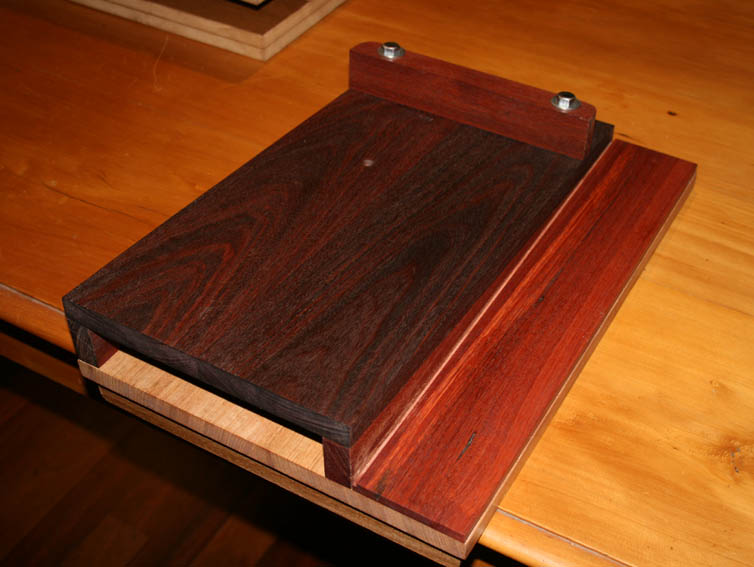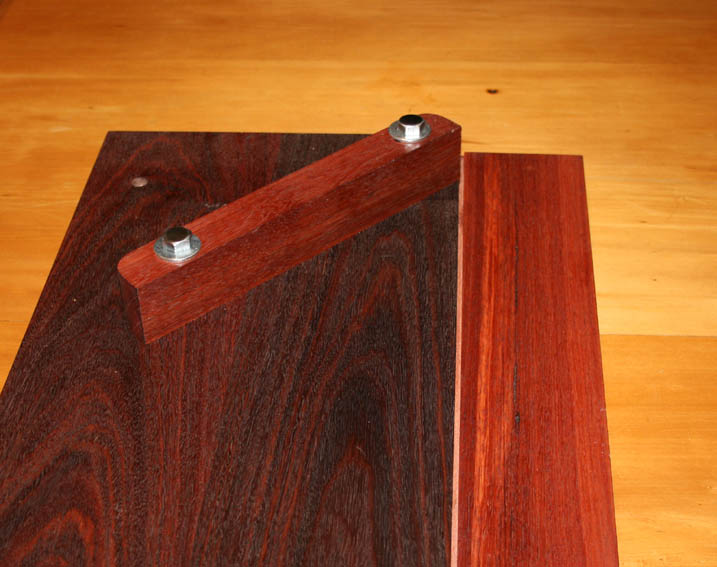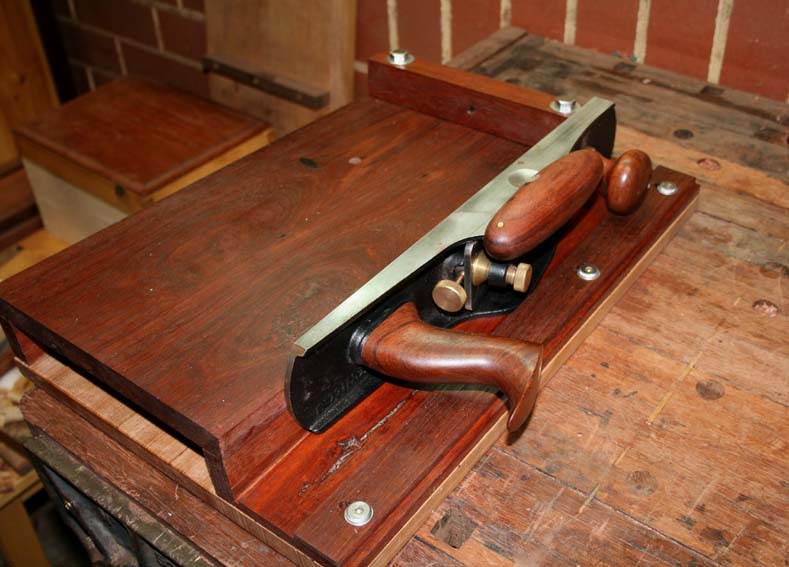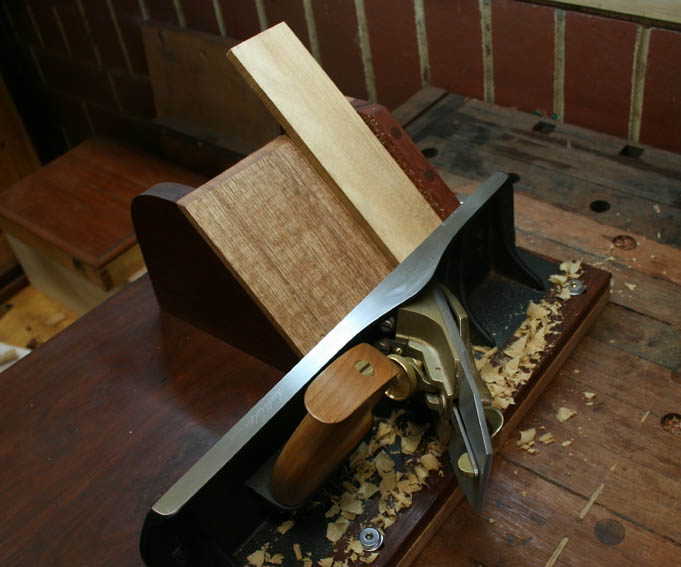I've been looking at making a shooting board, for 90 and 45 degree miters. But one thing that always strikes me when I see them is, doesn't using them mean the plane's cutting into the fence that's keeping it straight?
Seems they must loose their squareness quite rapidly and require re-truing. Is this so, or have I missed something obvious? Is it perhaps the slight bit at the side of the plane where the iron does not reach, what keeps the shooting board from wearing down? If so I assume a hard timber is required here as the surface area the plane registers against is very small.
I have seen designs that seem to put the whole plane in a contraption to move it back and forth, also someone put a wooden fence on the planes side to raise it up, seemingly confirming that this can be an issue.
Seems they must loose their squareness quite rapidly and require re-truing. Is this so, or have I missed something obvious? Is it perhaps the slight bit at the side of the plane where the iron does not reach, what keeps the shooting board from wearing down? If so I assume a hard timber is required here as the surface area the plane registers against is very small.
I have seen designs that seem to put the whole plane in a contraption to move it back and forth, also someone put a wooden fence on the planes side to raise it up, seemingly confirming that this can be an issue.








